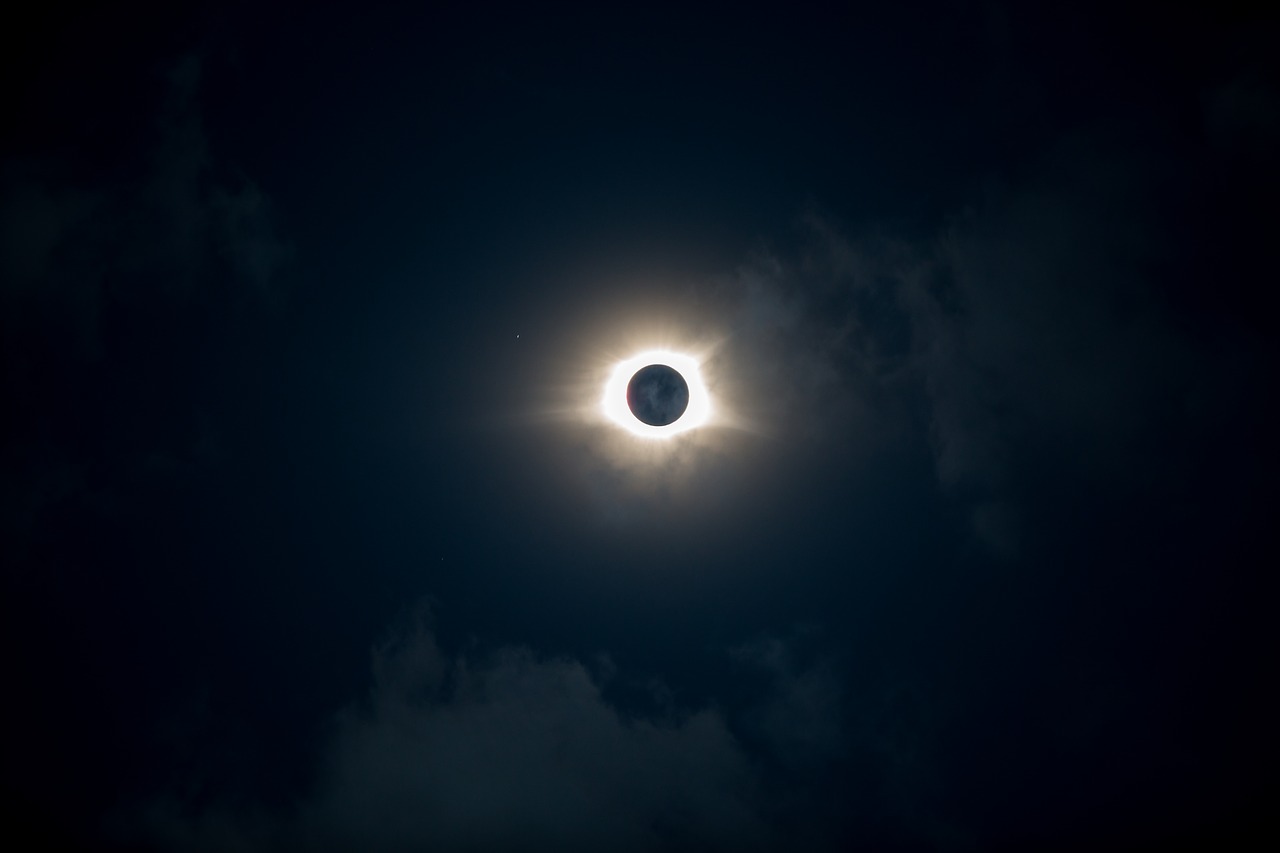During the famous solar eclipse that crossed the United States last August 21, a woman in Staten Island, New York, attempted to watch the phenomenon and ended up in the emergency room with eye damage in the form of a crescent shape blocking her vision.
Nia Payne, 26, viewed the total solar eclipse without protective eyewear. Rick Fienberg of the American Astronomical Society said at the time, “Filters that meet the ISO 12312-2 standard reduce the sun’s brightness to a safe and comfortable level, like that of a full moon, and block harmful ultraviolet and infrared radiation as well.” He added, “Solar filters that meet this standard are about 100,000 times darker than ordinary sunglasses, and sunglasses don’t block infrared radiation.”
Due to the widespread interest in the eclipse, however, and Payne was unable to obtain any, CNN reports. She looked up at the sun with her naked eye for a few seconds, but had to look away due to the brightness. She was able to borrow a pair of glasses and looked through them for 15 to 20 seconds, and remembered that the sun seemed incredibly bright.
Payne said,
But it didn’t bother me, because I thought it would be a great experience to catch a solar eclipse the proper way.
Six hours later, Payne noticed a dark spot in the center of her left eye, and the next day, she lost her sight in the area. She went to an emergency room, where he said her case was not taken seriously, and doctors did not look at her retina.
Payne went to Mount Sinai Hospital in New York two days after the eclipse, and was referred to specialists at the hospital’s New York Eye and Ear Infirmary. She was then diagnosed with retinal damage due to exposure to solar radiation, solar retinopathy, in both her eyes, through it was worse in her left eye.
Solar retinopathy is a permanent condition. Payne’s doctors believe that the eclipse glasses she had used were not on par with international safety standards.
Adaptive optics, a new kind of technology, allowed doctors to view the damage to Payne’s eye and focus on the microscopic structures, which could only have been seen previously with a microscope.
Dr. Avnish Deobhakta, who wrote the study and an ophthalmologist with the eye and ear infirmary, said, “We could see a robust concordance between the shape of the exposed sun during the eclipse and the damage to cells in the photoreceptor layer.” He further explained, “When we have a patient who comes in saying they see a dark spot, we have them draw it. She drew a crescent, which corresponded to the exposed sun that was seen in the New York area the day of the eclipse. Then we did an imaging of this layer, and we saw what amounted to a crescent shape of damage to that layer. That really has never been able to be seen before. Our intuitions are shown to be correct by this very precise technology.”
Payne has had to retrain her vision, since the damage has not changed. She is trying to live as she used to. “It’s something I have to live with for the rest of my life. But it could be a whole lot worse, and I try to count my blessings.”
The study was published in JAMA Ophthalmology.
























